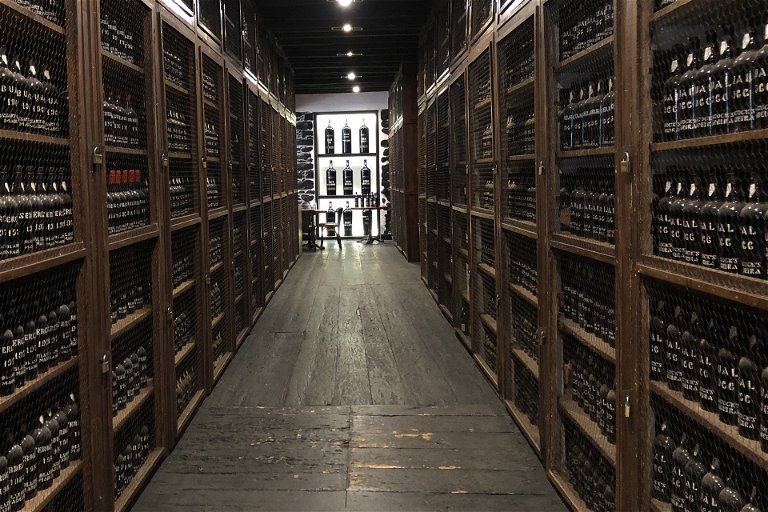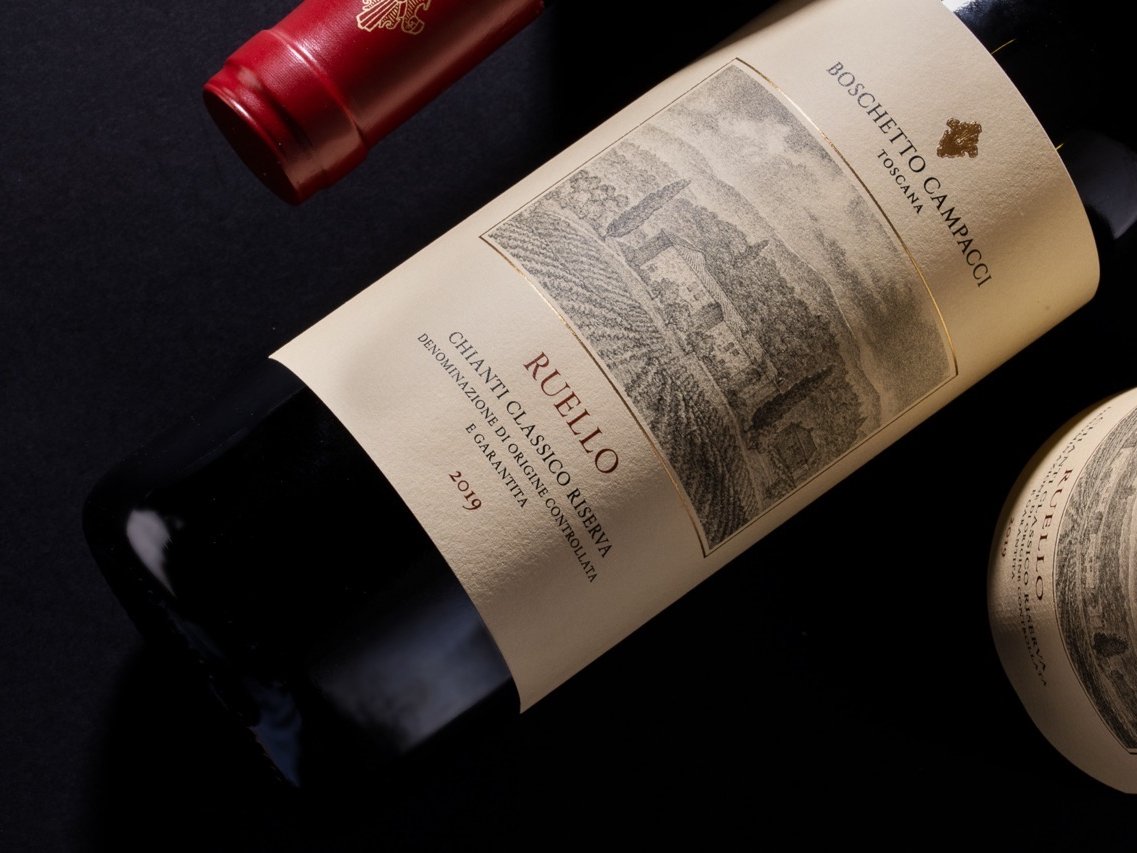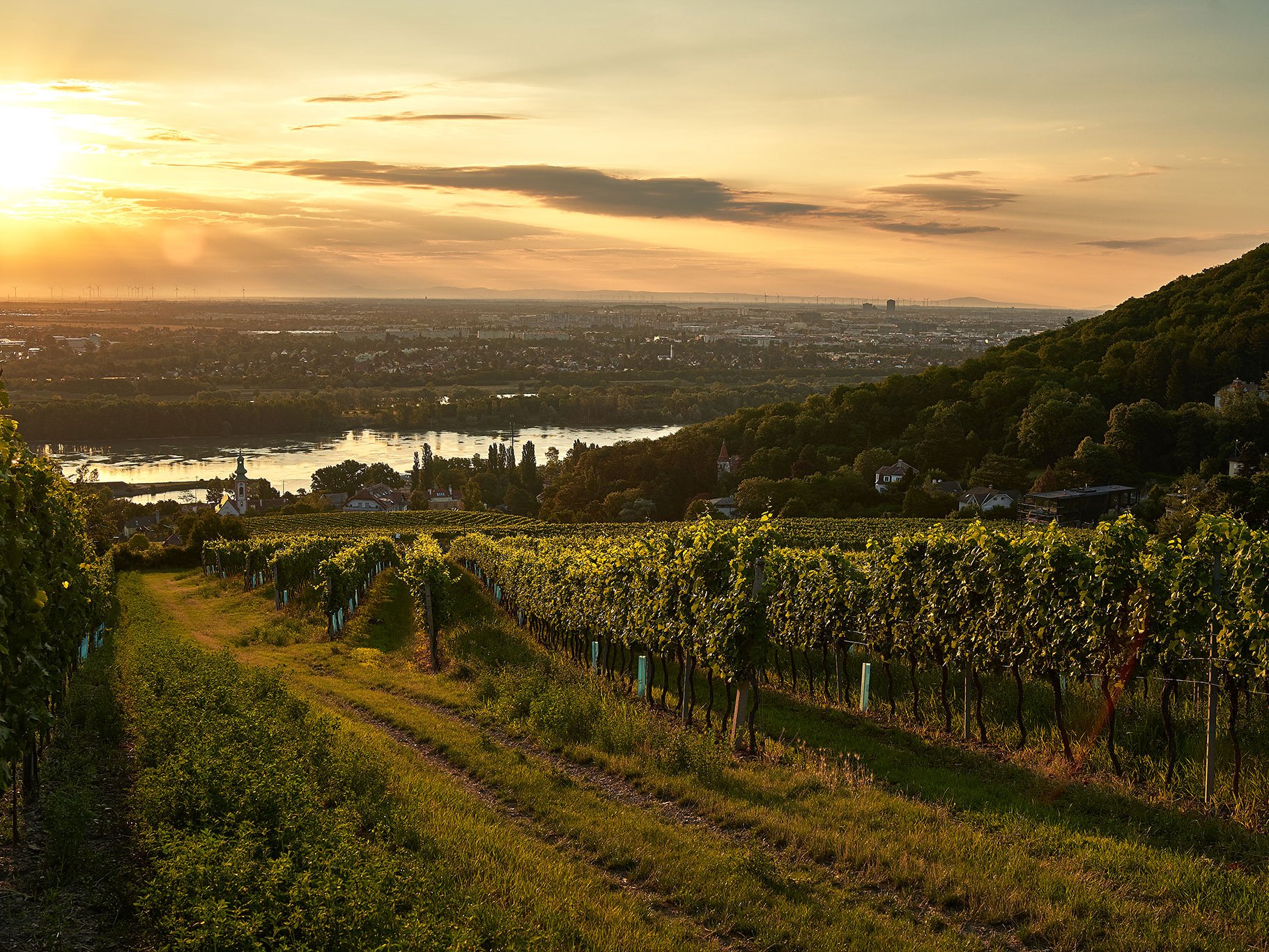Madeira wine is not just for Christmas
The sweet and high-alcohol Madeira wines seem to be unfashionable to drink other than at Christmas. This is a big misunderstanding.
Saying Madeira wine is one of the most misunderstood wines in the world is not an understatement. France is the biggest export market, but sadly most of the Madeira wines are destined for cooking. There are Madeira wine enthusiasts in Germany, the UK, the US, Japan, Belgium and, of course, Portugal; however, for the majority of consumers, these sweet and high-alcohol wines seem to be unfashionable to drink other than at Christmas. But Madeira wine is definitely not just for Christmas, and here is why.
Madeira wine: longevity forged by fire and heat
In 1419, the Portuguese discovered this inhabited island on the Atlantic Ocean near North Africa. It was covered by dense woody forests, which gave its name as Madeira means “wood” in Portuguese. The first settlers planted sugarcanes, grape vines and wheat on the island. With time, wines made from the island started to get noticed. At that time, these wines were unfortified. Fast forward to the 17th century, with the increase in popularity, Madeira Wine began to be exported to the Indies. During the long voyages, the wines were kept in the hold of ships and endured the searing heat en route to the tropics. Occasionally, the unsold wine would return to Europe, and people discovered that the ageing of the wine accelerated multifold, enhancing the quality and its complexity simultaneously. Madeira wine was therefore called “Vinho da Roda” (Round Trip Wine) at that time.

However, on this subtropical, volcanic island, the humidity and the fertile soil make grape growing a challenge. Most vineyard owners are hobby growers owning an average of 0.3 hectares each, as it’s far too difficult to make a living out of it. Consequently, the eight Madeira wine producers will each rely on hundreds of growers from a pool of 1,700 to get enough grapes for winemaking.

For centuries, producers have mastered the art of making such a unique wine; forged by fire and heat, it is indestructible. For this reason, Madeira wine is famed for its longevity. Many rare wines from the 19th century are still charming and lively to date. Hardly any other wine regions in the world are compatible in this sense. Drinking old Madeiras is like drinking history. It’s timeless and perfect for those seeking an unparalleled nexus to birth years or other special anniversaries.
A myriad of styles suitable for many occasions
The heating process might be homogeneous, yet by using various permitted grape varieties and blending techniques, a broad spectrum of wine styles can be created. Madeira wine can either be blended or by using a single grape variety. For varietally labelled wine, the named grape will have to be a minimum of 85% in the blend, though, for most premium-priced varietal wines, the ratio tends to be 100%.
There are only four main styles, categorised by the residual sugar level in the wine. For varietally labelled wines, knowing the name of the grape is tremendously useful as they each are associated with a distinct style. If mnemonic is your thing, then “SVBMTT” is worth memorising.
Sercial is the driest style of all. It can be extra dry or dry. It has a high level of vibrant acidity, which is wonderfully balanced with its sugar level. It’s citrussy and nutty, great to pair with seafood hors-d'oeuvre.

Verdelho is medium dry, which has more residual sugar and is rounder and has more body compared to Sercial. The spices and candied fruits flavours can work wonders when paired with Charcuterie, duck or goose pâté or foie-gras.
Boal is the local name of Malvasia Fina. It’s medium sweet, fuller and sweeter than Verdelho. With flavours of caramel, chocolate, candied nuts and a hint of vanilla. Young Boal pairs remarkably with soft cheeses, whereas older Boal can go well with mature cheeses and even cigars.
Malvasia is the sweetest style. Also called Malmsey in Madeira, it’s full-bodied, showing notes of raisins, caramel and molasses. Locally paired with “bolo de mel” (molasses cake). It enhances the flavours of dense Christmas fruit cake or various blue cheeses due to its crisp acidity.
Terrantez was close to extinction and currently, only around 5 hectares exist in Madeira. Difficult to grow as it’s prone to rot, but growers are now given incentives to revive this variety. Due to its rarity, the price is always steep. It can be medium dry or medium sweet. Terrantez has citrus peel, caramel and occasionally floral notes with a lingering finish.
Contrary to Terrantez, Tinta Negra is the island’s workhorse grape and occupies around half of the total vineyard area in Madeira. It can be made at any level of sweetness and since 2015, it can also be varietally labelled.
Madeira wines can be bottled with an Indication of age of 5, 10, 15, 20, 30, 40, 50 and ‘more than 50’ years old with or without the name of the variety. Quality, complexity and price normally surge with age. Lower-age wines, such as a five-year-old, will tend to be made predominantly from Tinta Negra. There are also vintage Madeiras which are labelled as Colheita (aged in wood for at least five years) or Frasqueira (aged for a minimum of 20 years).
With its longevity and various styles that can work fantastically well with food, Madeira wines should not be reserved just for Christmas. This beautiful island is not merely a wine paradise, despite the challenges growers face. It has so much to offer and surely deserves to be on our tables more often. If happy hour is anytime, then let’s make it all Madeira time.
Producers to note
There are only 8 producers on the island and each has its own characteristics.
Blandy’s is a British family owned company established in 1811 and is now managed by the 7th generation making an arrays of quality Madeira wines.

Founded in 1850, Pereira D’Oliveira is famous for its considerable stock of rare old vintage wines.
H M Borges, now in the hands of the 4th generation make solid wines across the range.
Apart from making good quality Madeiras, Henriques & Henriques also plays an important role in viticulture, and is one of the few producers that has its own vineyards.
Belonging to La Martiniquaise group, Justino’s is famous for making fuller and richer traditional style of wine. The company is also working on producing limited quantity of organic Madeira wines.

Barbeito Vinhos is a relatively young company founded in 1946 and is famous for its eye-catching labels and modern style of Madeira wines; some are made with rare varieties.
Madeira Vintners is the new brand establish in 2016 by the local cooperative CAF. Well-known for its exclusive female team and lighter style of wine with lower alcohol (17%).

Unlike the other producers on the island, J. Faria & Filhos produces Madeira wines as well as rum, liqueurs and juice.
Tip: Thinking of other creative ways to drink Madeira wines? How about Madeira cocktails?












